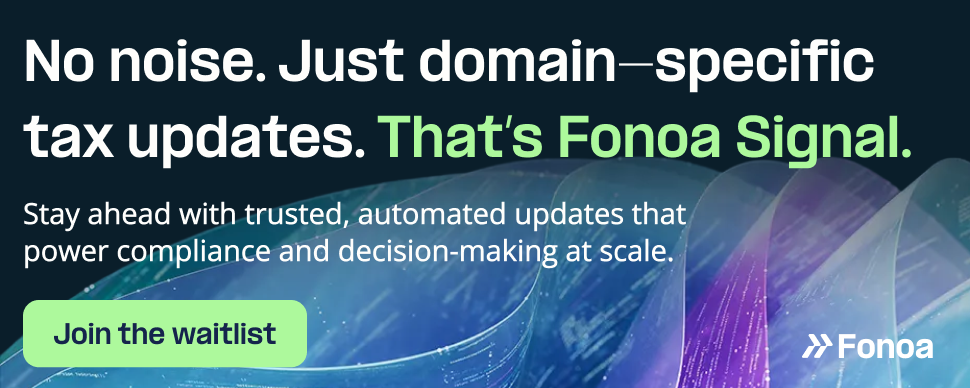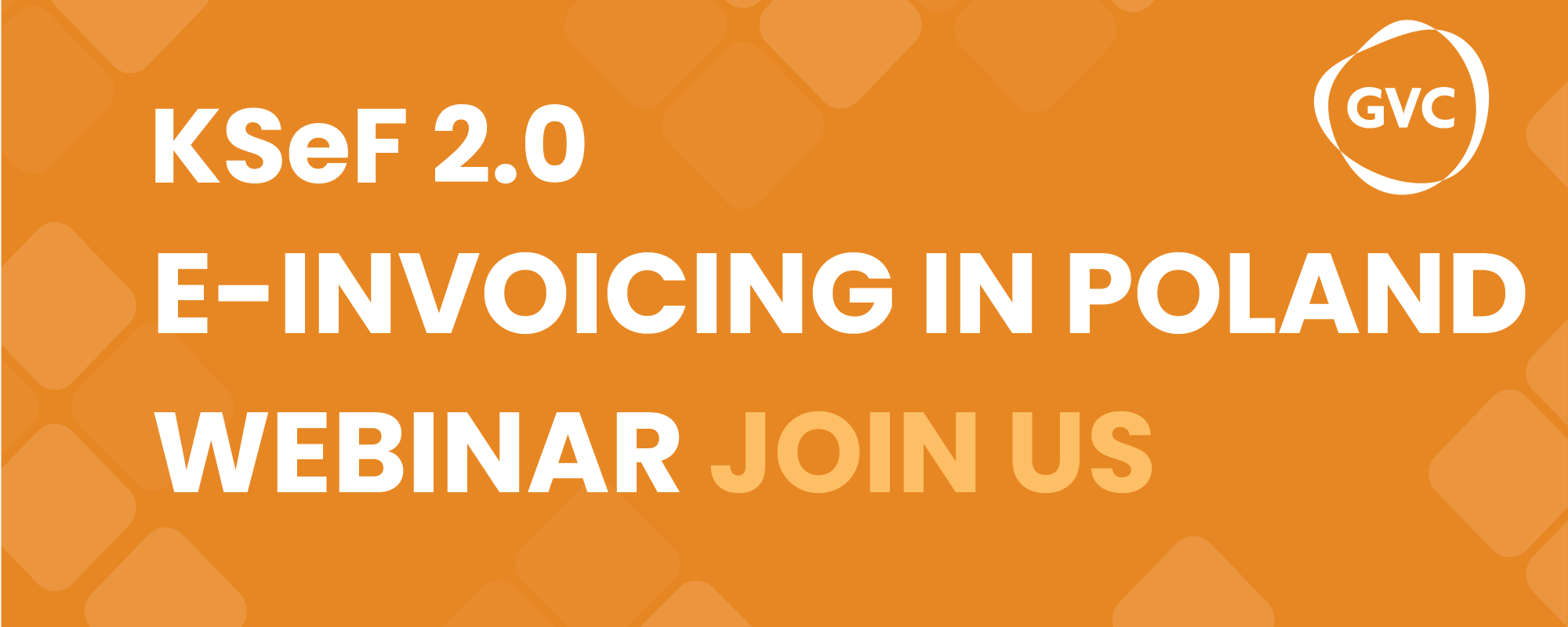- The Canada Revenue Agency’s Voluntary Disclosure Program allows taxpayers to correct errors without penalties or prosecution
- For a disclosure to qualify, it must be voluntary and initiated by the taxpayer without compulsion from the CRA
- Enforcement actions by the CRA do not always disqualify a disclosure from being considered voluntary
- The relationship between the enforcement action and the disclosure is crucial in determining voluntariness
- The case of Poon v. Canada highlights the importance of analyzing direct contact and likelihood of discovery by the CRA in determining voluntariness
- The case of Amour International Mines d’Or Ltee v. Canada also provides insights into the interpretation of voluntariness in disclosures
Source: sdtaxlaw.ca
Note that this post was (partially) written with the help of AI. It is always useful to review the original source material, and where needed to obtain (local) advice from a specialist.
Latest Posts in "Canada"
- Importer of Record to Share Joint Liability for Customs Duties and Taxes Starting January 2026
- Canadian House of Commons Considers Bill C-15 on Tax Measures and GST/HST Coupon Restrictions
- Canada Scraps Digital Services Tax in Budget Implementation Bill
- Canada’s 2025 Budget Introduces Reverse Charge to Combat GST Carousel Fraud in Telecom Sector
- Canada’s 2025 Budget Introduces GST/HST Reverse Charge to Combat Supply Chain Carousel Fraud














